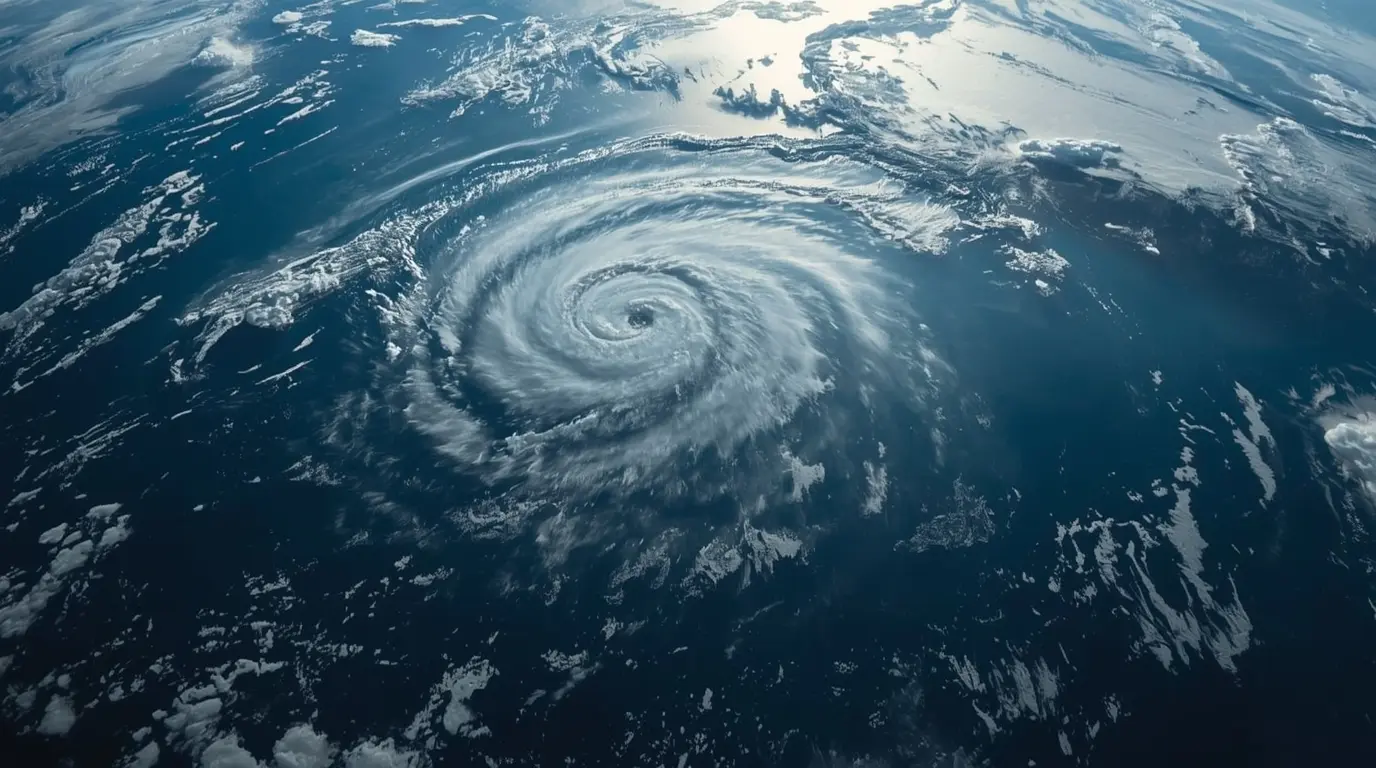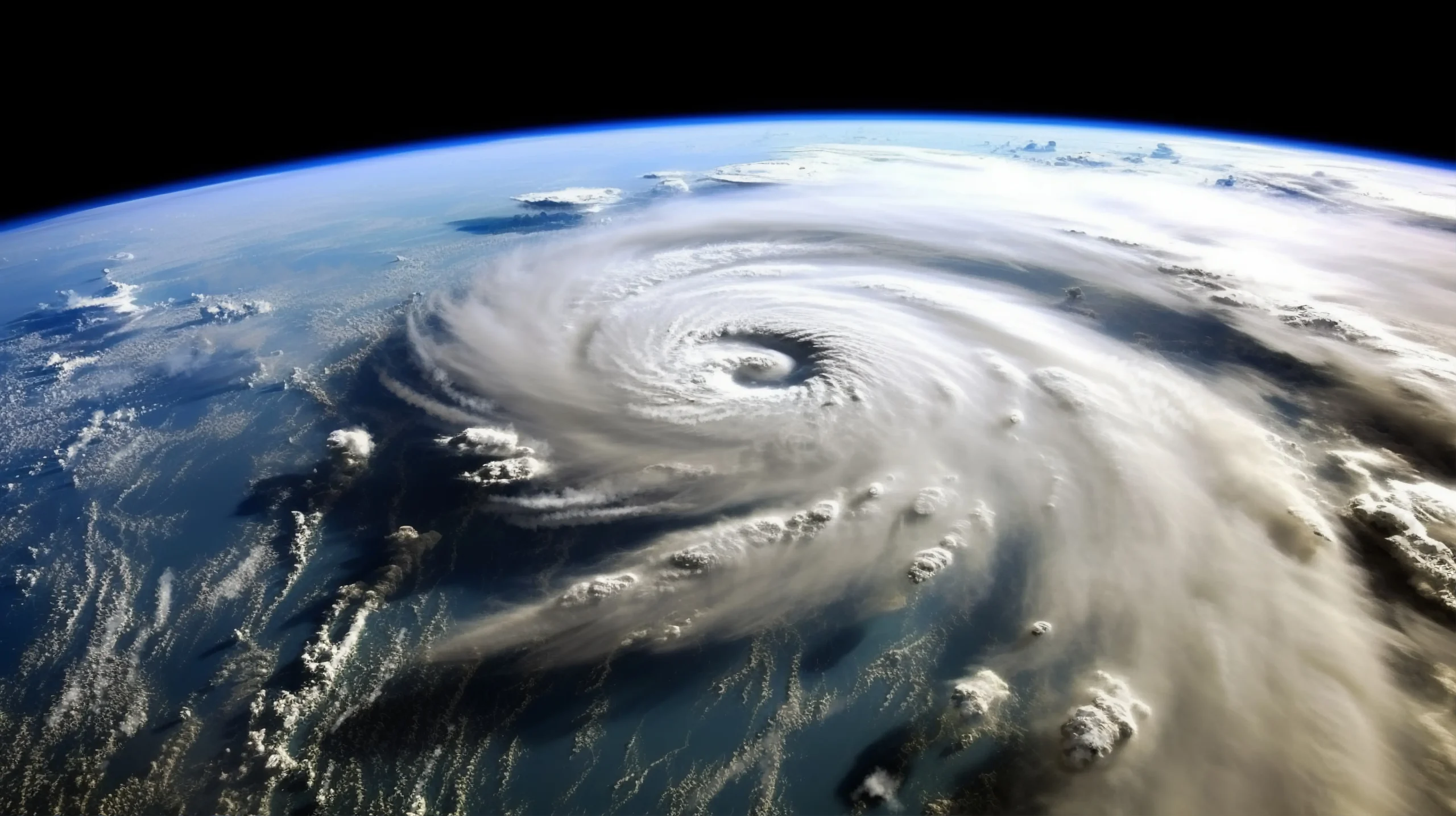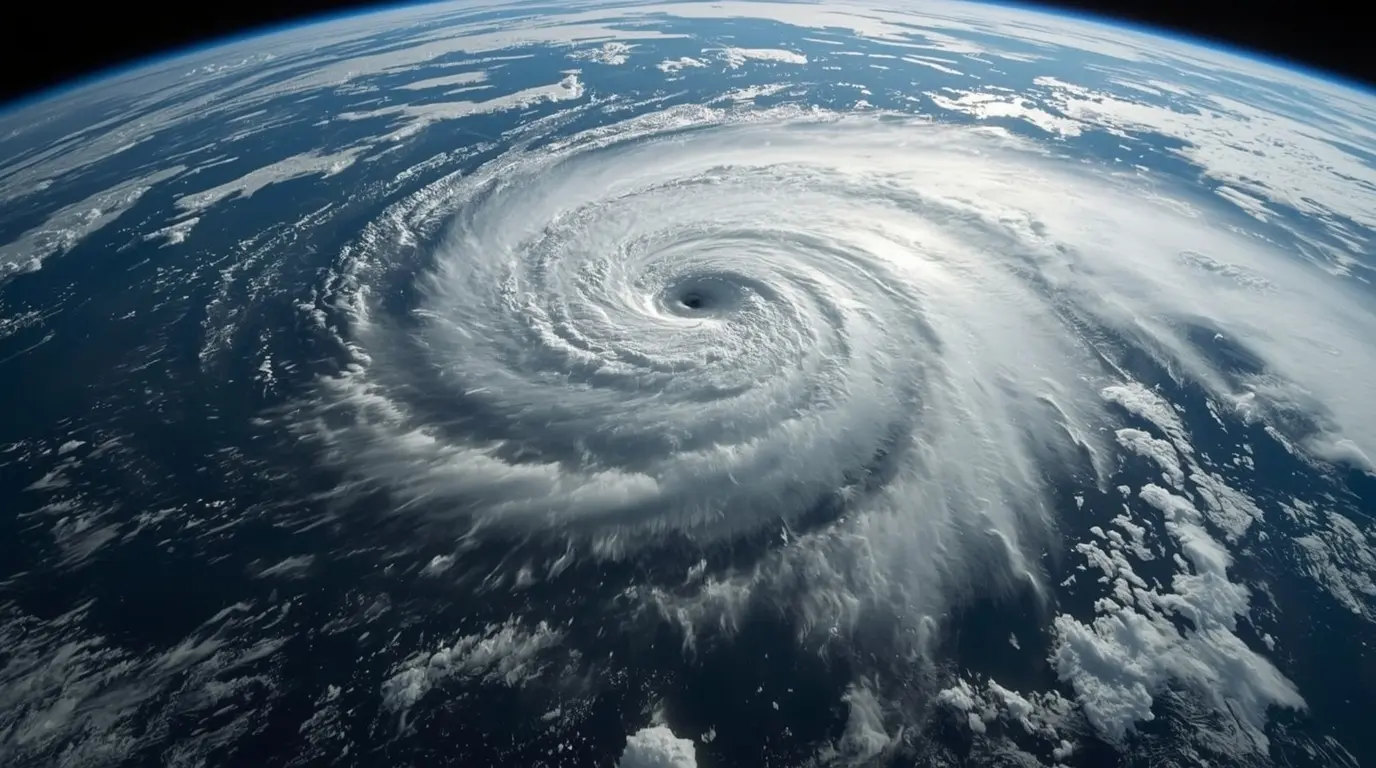Introduction
The 2025 Atlantic hurricane season is puzzling meteorologists nationwide—it has suddenly gone still at the peak of what is usually one of the busiest weeks. September 10, the season’s statistical summit, has rolled in with the unprecedented sight of no named storms anywhere in the basin, a gap the likes of which has not been registered in nearly ten years.
This calm flies in the face of the seasonal outlook issued earlier, which included NOAA and other major agencies predicting a much busier than average cycle driven by extraordinarily warm surface waters and a laundry list of other supportive ingredients. Today’s post examines the meteorological dance that is keeping storms at bay, checks out the current picture of the 2025 Atlantic season, and peeks ahead to what the charts and the atmosphere might still deliver in the weeks ahead of us.
The Significance of September in Atlantic Hurricane Season
September holds the title of busiest month during the Atlantic hurricane season. Warm ocean waters, low wind shear, and regular waves rolling off the coast of West Africa come together, making the Atlantic a perfect breeding ground for storms. Since the National Oceanic and Atmospheric Administration (NOAA) started keeping records, around three-fourths of the years have seen at least one tropical storm or hurricane on September 10. Yet, in a departure from the pattern, the Atlantic this year is on a nearly unheard-of hiatus, marking the first September 10 since 2016 with no storms churning in its waters.
Current State of the 2025 Atlantic Hurricane Season
Seasonal Forecasts vs. Reality
The NOAA’s seasonal outlook for the 2025 Atlantic hurricane season gave a 60% chance of above-average activity, estimating 13 to 19 named storms, 6 to 10 hurricanes, and 3 to 5 major hurricanes. The reasoning rested on warm Atlantic surface waters, ENSO-neutral conditions, and a vigorous West African Monsoon. As of September 10, though, only six storms have formed, which is two shy of the long-term average for this date. Of these, Hurricane Erin stands out as both the only hurricane and the only major hurricane, peaking at Category 5 with sustained winds of 160 mph.
Recent Developments
The last system to acquire a name was Tropical Storm Fernand, which weakened and dissipated on August 28. Since then, the Atlantic has remained remarkably quiet, and the National Hurricane Center does not expect significant activity to develop for at least the next week. Should the basin remain calm during that stretch, September 2025 will match 1992 as the year with the latest named storm entering the record books.
Factors Behind the Unexpected Quiet
Hostmospheric Conditions
Even with unusually warm sea surface temperatures—something that typically leads to active hurricane seasons—other hostmospheric forces are keeping storms at bay. Dry, stable air has settled over large parts of the tropical Atlantic, acting like a barrier that stops thunderstorms from growing into a tropical system. Wind shear is playing a similar hindering role: variations in wind speed and direction at different levels of the atmosphere are stronger than forecasters had anticipated, tearing apart any nascent storms.
Tropical Waves and the African Monsoon
Tropical waves, which usually depart West African coastlines to kick off the hurricane season, have also been unusually weak. Normally, these waves can germinate into systems over warm water, but this season, the incoming waves encounter an atmosphere that simply isn’t conducive. Take, for instance, the recent Invest 91L—early forecasts labeled it as likely to strengthen. Yet it never gained traction, drained instead by dry air and the stubbornly stable hostmosphere aloft.
Climate Change Connections
The conversation around climate change usually points to stronger, more intensified hurricanes, but it does not equate to a busier season. The additional ocean heat indeed adds potency to any storm that can form, but at the same time, the hostmospheric wind and stability configurations may well discourage development. The 2023 inactivity, then, serves as a microcosm of the larger evolving patterns that science is still working to fully unravel, underscoring the nuanced and sometimes counterintuitive relationship between a warmer planet and hurricane activity.
Impacts of the Season So Far
Even though the Atlantic hurricane season has been quieter than usual, a few storms have already delivered heavy impacts:
Tropical Storm Barry: Its leftover moisture dumped record rain on Texas during the Fourth of July, causing chaos on the holiday weekend.
Tropical Storm Chantal: Just a few weeks later, this system dropped torrential rain on North Carolina, leading to flash flooding and road closures.
Hurricane Erin: While still the storm never made landfall, it delivered soaking rain and strong gusts to the northeastern Caribbean and set off dangerous rip currents along the U.S. East Coast.

What to Expect Going Forward
NOAA’s Updated Forecast
NOAA’s latest outlook, issued in August, slightly cuts the seasonal numbers to 13 to 18 named storms, 5 to 9 hurricanes, and still 2 to 5 major hurricanes. The agency also notes a 50 percent chance of above-normal activity and insists that preparedness remains essential.
Historical Precedent
History tells us that more than 50 percent of activity typically occurs after September 10. Past years have produced destructive late hurricanes, including Hurricane Helene in 2024 and Hurricane Ian in 2022, both of which led to severe damage. So, the slow start we’re seeing now is no sign of an easy finish.
Potential Development Areas
Meteorologists are keeping a close watch on the western Caribbean and the Gulf of Mexico for possible storm development this September. Forecast confidence at this range is still low. Any system that forms would only strengthen if the atmosphere starts to favor tropical growth.
Preparedness Remains Key
A quiet period is no reason to let our guard down. NOAA and key partners remind everyone that preparedness is still the best defense. Remember to:
- Review and practice your evacuation route.
- Stock a hurricane-ready emergency kit.
- Keep checking trusted sources like the National Hurricane Center for updates.

Conclusion
The 2025 Atlantic hurricane season shows a puzzling pattern: ocean temperatures at record highs and a surprising quiet stretch at the peak. This current lull is a welcome break, but it doesn’t mean storms can’t still form and become serious. The unpredictable nature of tropical weather illustrates that watching the forecast is only part of the plan; the other part is advance preparation. As we enter the Atlantic hurricane season’s final months, keep checking the weather, finalize your emergency plans, and remain aware of new developments. Preparedness is a year-round commitment, and it’s especially important now.
Source: https://edition.cnn.com/2025/09/09/weather/hurricane-season-peak-atlantic-quiet-climate
For more incredible stories of everyday news, return to our homepage.




